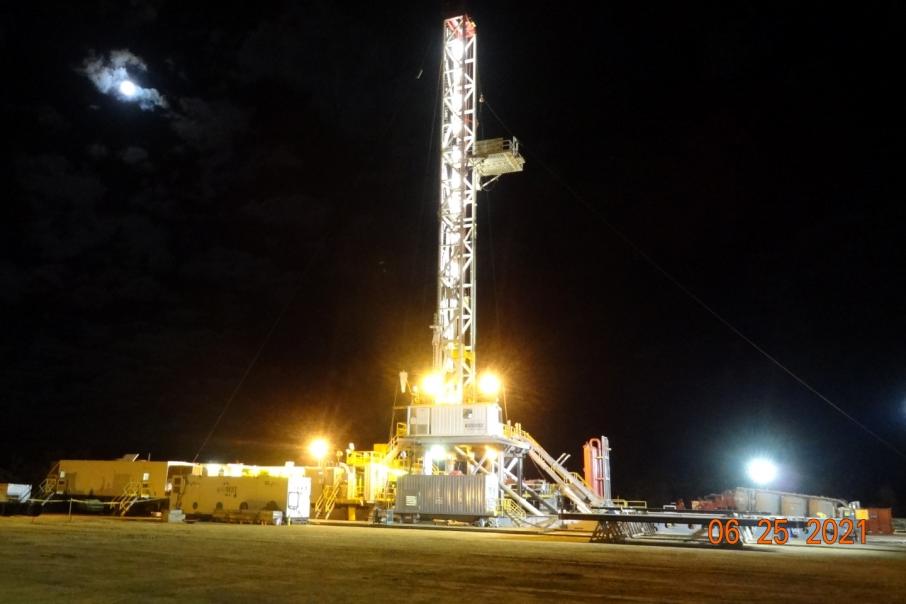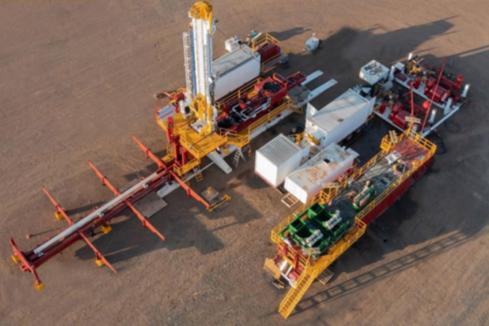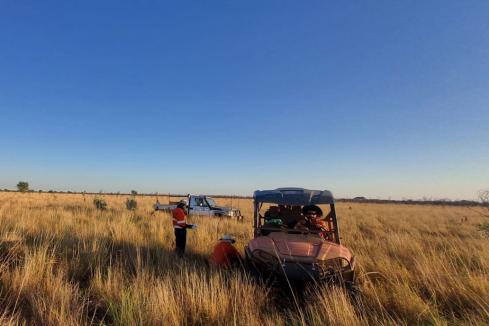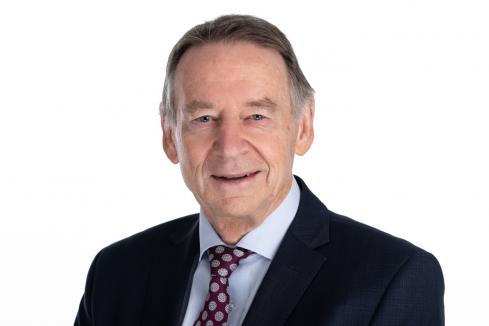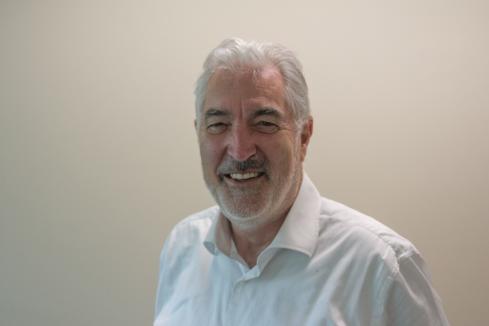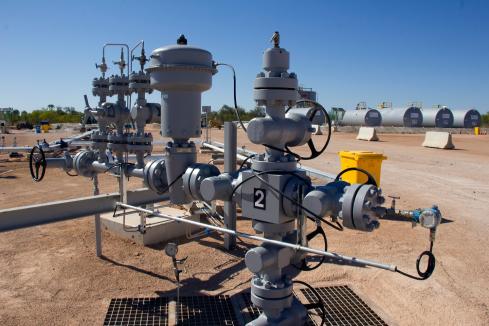Buru shareholders will be looking for some post-Christmas cheer from the Canning Basin with follow up testing of a newly interpreted zone at its recently upgraded Rafael discovery about to happen. The company also has another development well about to kick off aimed at lifting production and cash flows from its cash generating Ungani oilfield.
After determining the recent Rafael 1 well was a “wet gas” discovery, Buru released contractor Ensign’s drilling rig and commenced planning the testing program of the well, aimed at quantifying the extent of the discovery.
Whilst the equipment only needed to come from the Mid-West, securing the specialist contracting staff from SA and Qld under current COVID travel restrictions has added delays to the timetable and it will now happen mid-January according to Buru Executive Chairman Eric Streitberg.
He said all efforts will be made to bring the timetable forward but it is reliant on staff availability and WA COVID restrictions.
Additional contingency plans include helicoptering personnel to site to reduce any significant wet season delays.
The backroom technocrats at Buru have been busy in the meantime, identifying an additional potential reservoir section in the Rafael 1 well.
They said the Upper Laurel Carbonates above the current test zone was also dolomitised and had significant hydrocarbon potential.
Buru said the new zone has “good to excellent” gas shows and weak oil shows in cuttings and logs suggest there is up to a gross 75 metre hydrocarbon column that is most probably wet gas in the conventional reservoir section of the well, with approximately 10 metres of net pay present in this upper section.
Buru is also maintaining its new clean energy focus, noting that a specialised gas chromatograph tool also recorded hydrogen peaks of up to 9.8% in the Rafael 1 well, along with elevated helium values.
Buru said it was not intending to test these zones in the forthcoming Rafael testing program as they were behind two strings of casing.
Buru’s other upcoming development well, Ungani 8, will be a horizontally drilled well targeting an undrained section of the Ungani reservoir which is currently producing around 800bopd to the JV.
With the oil price now testing US$72/bbl from an early December low of US$65, any lift in the Ungani production levels will likely flow straight back to the Buru balance sheet.
Buru Energy Executive Chairman, Eric Streitberg said: “Whilst we are obviously disappointed that we will have to wait a few more weeks for the flow test results, what is important is to be able to conduct it safely and with appropriately qualified personnel. It is worth the wait to make sure we can get the best results possible.”
In addition to the newly interpreted zones of interest in Rafael, Buru is also busy interpreting the results of 900 km of recently acquired seismic during the 2021 program.
It was principally funded by Origin Energy under the terms of its 2020 farmin deal.
Buru’s September quarterly showed over $32 million in cash and no debt.
Is your ASX-listed company doing something interesting? Contact: matt.birney@businessnews.com.au






